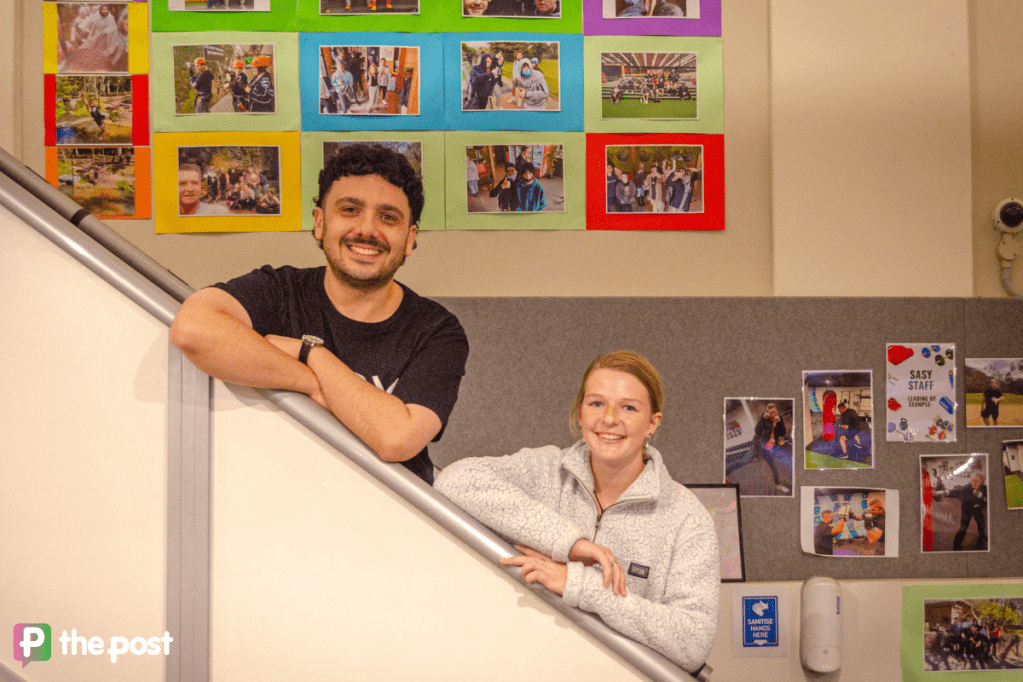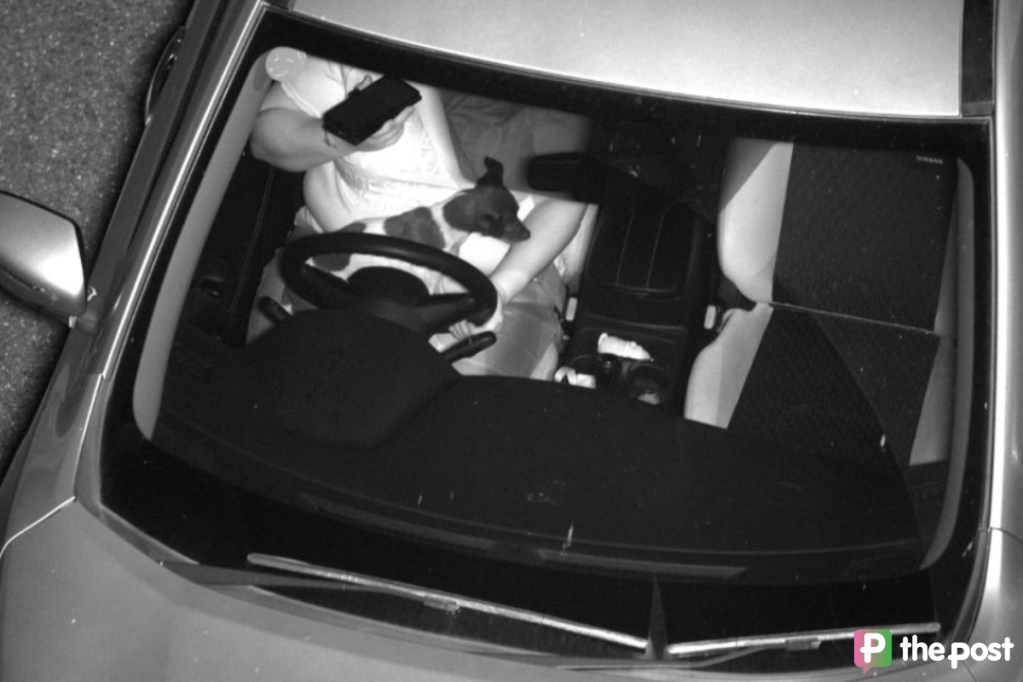A-League players don’t deserve a pay rise

Football Federation Australia is being hanged with its own rope.
Or, at least, it allowed the Professional Football Association to hand it the rope.
Because whether FFA realises it or not, this line in its media release addressing the collective bargaining dispute with the PFA reveals a costly mistake:
“… it’s important to note that FFA agreed to the PFA’s suggestion that negotiating a whole of game CBA covering Socceroos, Matildas and Hyundai A-League players was the right approach.”
Really?
The right approach for what? Unprecedented chaos?
The structure of each agreement could hardly be more different.
In the first case you have the Socceroos. These are professionals whose full-time salaries are paid by their (mostly overseas) clubs. What they earn with the national team, which plays around a dozen times a year, supplements that.
The Matildas, like the Socceroos, are not paid a full-time wage by the FFA. But it’s a lot harder for them to make a living out of the game because there is so much less professional women’s soccer around the world. When they train and play with the national team, they have to leave whatever jobs they might have. In many cases, being good enough to be an international costs them money.
The A-League players’ agreement is about their full-time wages. Clubs pay them but as the competition has a salary cap set by FFA, it’s the sport’s governing body doing the negotiating.
Rather than bringing the parties closer to resolution, the all or nothing approach the FFA agreed to is preventing deals from being done. Last week most focus was on the Matildas who cancelled a scheduled tour to the United States. In the same media release quoted earlier, FFA says:
You might like
“… the PFA informed FFA that even if a long-term Matildas CBA agreement was reached today, the players would still not go to the USA unless a $120 million four-year CBA covering the Socceroos and A-League was also agreed today.”
And yes it’s quite ridiculous that the Matildas would continue to participate in a dispute after a deal was reached for them. But isn’t that also an inevitable consequence of the FFA agreeing to negotiate a “whole of game CBA”?
The media release concludes with, “…it’s nonsense that until their male colleagues get a deal, the Matildas are in limbo.” Again, that’s true. But again, it suggests a failure to recognise the reality of a course of action FFA agreed to.
Could no one foresee that this three-deals-in-one approach might mean one or two reasonable claims could be scuppered by an unreasonable one?
That’s where we might end up because while everyone’s talking about the Matildas, what’s being missed is the most dubious claim is what the PFA is demanding for A-League players.
The A-League’s salary cap is $2.55 million a year. Ignoring marquee players, who aren’t counted in the cap, that provides an average wage of around $120,000.
When the competition began 10 years ago, the salary cap was $1.5 million; it has increased by two-thirds (over the same period, average weekly earnings have increased by around 45 per cent).
And before the A-League, we didn’t have a fully professional competition. In the National Soccer League era, players that wanted to make a decent living out of the game had to try to succeed overseas.
The PFA claim would raise the cap by another $300,000 for the 2016/17 season (which would make it nearly 12 per cent higher than it is now). There isn’t some massive pool of money that has suddenly become available; the current broadcast rights deal, signed three years ago, runs until 2017.
Frankly, the players aren’t worth more than what they’re currently earning.
That’s not a criticism; it’s simply recognition that if you took them out of the heavily regulated A-League bubble, many would struggle to command the salaries they’re getting here in overseas leagues.
Some of them have already tried and, after one or two seasons of being in and out of a team in Scandinavia, eastern Europe or England’s third tier (all places where they’d have difficulty earning what they get in Australia), they’ve come back.
Back to shorter and less demanding seasons, better weather, and being closer to family. Back to comfort.
Asia has been a popular destination too, however, it’s not easy to land a big contract there as most Asian leagues have a tight limit on foreign players. Socceroos veterans like Mark Bresciano, Brett Holman and Mark Milligan are being well paid in gulf nations. Other Aussies have done well in east Asia.
But 24-year-old Bloggs, who played five matches for the Young Socceroos and is now in his fourth season in the A-League, mightn’t get a look in.
It is instructive that Adelaide United’s best non-marquee player, Sergio Cirio, was in the third level of the Spanish league before coming to Australia. Even if he’d moved up to Spain’s second division and earned its minimum wage, he’d have been on just €64,500 ($103,000).
Stay informed, daily
The proposed A-League salary increase would also put more pressure on the clubs who, between them, lost $17 million last season. It won’t matter whose fault those losses are if the added burden of meeting this pay claim threatens some clubs’ sustainability.
You have to wonder whether the PFA and the players it represents truly think these claims are affordable. Has it ever crossed their minds that if clubs (or the league) go under, they lose what they have now?
Or are they living in another reality? (They might be if one of the players who’s been outspoken throughout this dispute is any guide. Because some observers would say he’s barely good enough to have an A-League contract at all.)
While it’s hard to judge, I don’t detect much sympathy for the PFA or the A-League players among the competition’s supporters.
Perhaps that’s because all but the youngest fans remember when full-time professionalism wasn’t available for soccer players in Australia and that the sport has always had financial challenges here.
And they all know the standard is so much higher overseas. That’s why Real Madrid, Chelsea and Liverpool filled stadiums (for exhibition matches) in recent months and A-League teams rarely do.
I go to watch the A-League for the same reason I went to NSL matches – I love the game and I enjoy going to sporting events. The standard will always be below top overseas leagues but above the state based competitions. Unless it’s dramatic, an improvement (or decline) in the quality of play won’t affect interest much.
Several A-League players are a pleasure to watch but few are heroes. The aforementioned Bloggs might be one of the most important members of his team and a lovely chap who impresses kids on school visits. But those kids will still have Ronaldo, Messi or Cahill on the backs of their replica shirts.
We should also be happy to see our best players go overseas – because we should want them to get better.

Adelaide United fans were disappointed when brilliant young forward Mathew Leckie left the club four years ago. Since then he’s been in Germany and has improved so rapidly that he’s now a regular in the Socceroos’ starting eleven.
Even though it’d be nice to have Leckie in the A-League, the higher standard in Germany helps him become a better player – and that’s good for our national team.
Don’t think that someone with Leckie’s ability would automatically choose to go to Europe. The ten years of the A-League have seen several Socceroos spend most of their professional careers in Australia. But the team was better in 2006 when almost all of its members were playing overseas.
Young Australian players are even more likely to stay if A-League wages continue to rise steeply. Surely we’d rather they made it to Germany’s top division (as Leckie has), or Spain’s (Mat Ryan), or England’s (Mile Jedinak)?
And if, in the future, the A-League clubs are mostly profitable and FFA is rolling in cash, a better use of the money might be getting more of it into quality coaching and facilities for young players – those are areas of genuine need. Junior soccer is also quite expensive; we could tackle that too.
If a poll was taken of mums and dads who follow the A-League to ask whether they’d prefer to see $3 million added to its players’ salaries or put into junior soccer, the kids would win hands down.
The immediate priority is the Matildas who are poorly compensated. It is the least costly of the three claims and should have been the easiest to negotiate. And they do have strong public support.
FFA could have offered the Matildas a decent agreement and then could have legitimately shamed the PFA if the association blocked that deal by insisting it couldn’t proceed unless there was also a big increase in salaries for male players.
If only our sport’s governors hadn’t allowed all the negotiations to be wrapped up together.
Paul Marcuccitti’s soccer column is published in InDaily on Mondays. He is a co-presenter of 5RTI’s Soccer on 531 program which can be heard from 11am on Saturdays.








